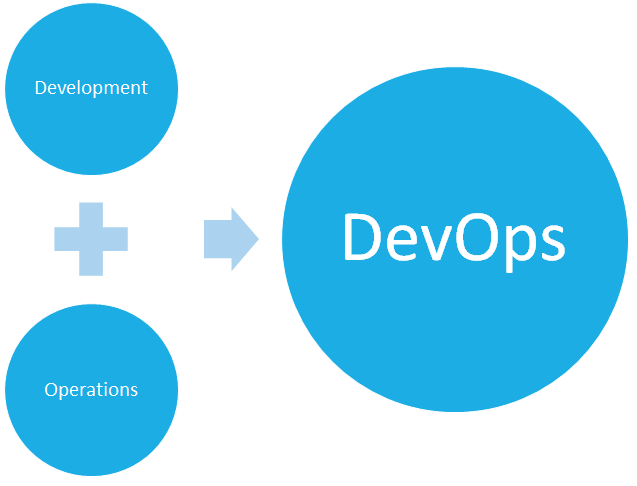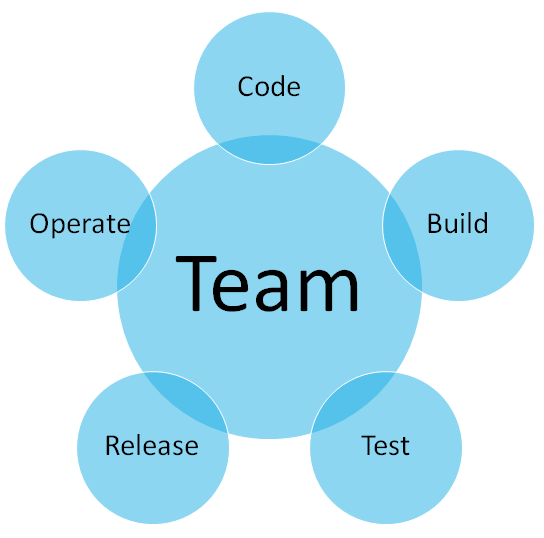DevOps is derived from two different words: development and operations. So as the word suggests, it describes a set of practices in a process while developing software and managing operations tasks.
DevOps as a term was first coined in 2008 by Andrew Shafer and Patrick Debois, who became two of its chief proponents, and since 2009 the term has been widely used and promoted with the goal of unifying the process of software development and operations.
DevOps is not just a set of practices, but also a way of working in the software development industry; it's a cultural change in the way development and operations work together.
Delivering technology to your customers at speed, and aligned to their needs, is key to future growth; this is a practice and can be achieved using DevOps. Adopting DevOps can create a continuous delivery ecosystem that improves the quality and velocity of delivery with all the attendant benefits.

In the traditional method, developers write the code as per the requirements, in any local environment. Once the application is ready, the QA team test the application in an environment that is similar to their production environment.
Once testing is successful and the requirements have been met, the product is released to the operations team for deployment. As both teams are working independently, there is a high chance that the deployment of a version of an application may take a long time and may not work as expected.
However, in DevOps, the process is quite different. Here, developers, QA, and operations collaborate and use various tools for continuous development, integration, delivery, and monitoring, which helps fill a big gap and expedite the process.
In a way, each and every tool works independently but tightly integrated with each other. A faster and automatic release to operations enables stakeholders to quickly respond to changes and meet requirements.
In the past, software development used to be a totally separate process from operations. Releases used to be loosely integrated with the actual development process, thus sometimes creating differences in the way the development environment and the release or production environment worked.
Developers used to finish their development independently from operations, and then operations used to take care of the release and post-release tasks for the project.
This way of working used to work great when the waterfall-style software development model was popular, when every step was sequential, and releases used to be a long process.
In today's world, where agile is the new and popular software development method, more frequent releases are the delivery goals, and only an integrated environment gives that flexibility with the required stability and service quality.





























































